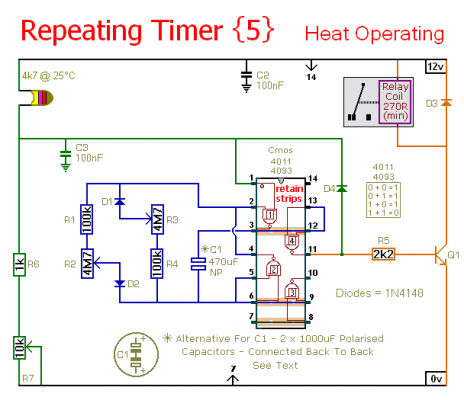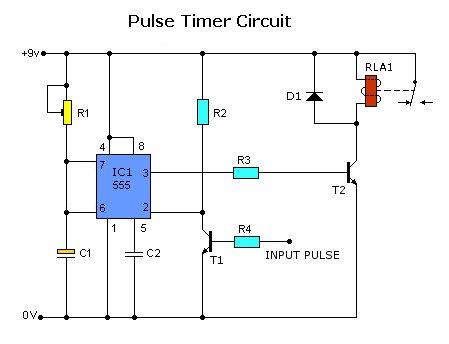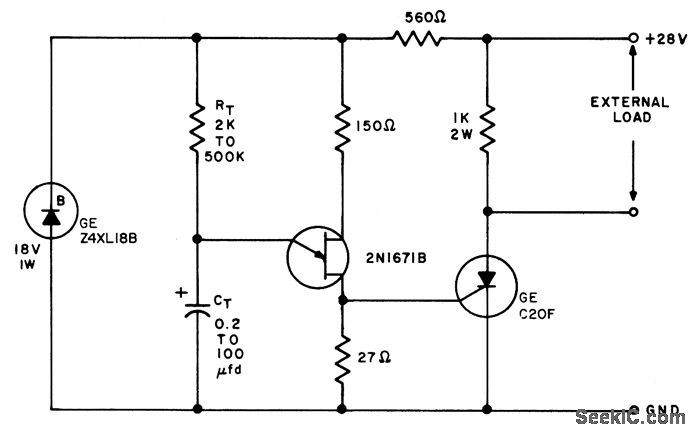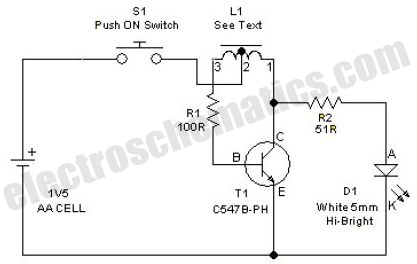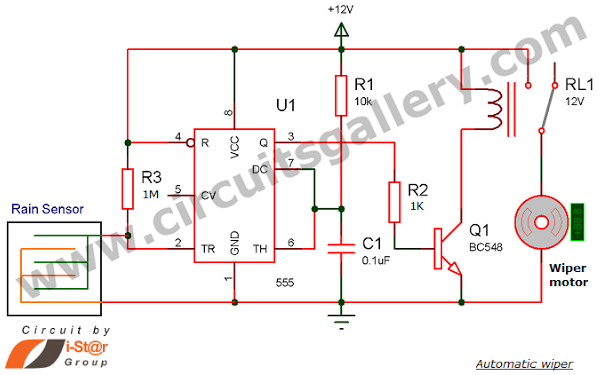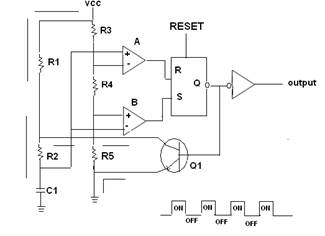
Timer With On-Off Delay
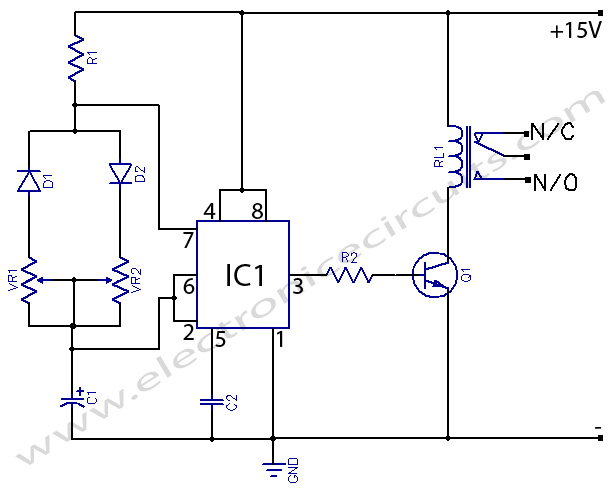
555 Timer with On-Off Delay Circuit. This circuit utilizes the commonly available 555 integrated circuit (IC) to create a timer that allows for time adjustment in both on and off states.
The 555 timer is a versatile device widely used in various timing applications. In this specific configuration, the circuit operates in monostable mode, where the timer generates a single output pulse in response to an external trigger. The duration of the pulse, which corresponds to the "on" time, can be adjusted by varying the resistance and capacitance in the timing network.
The circuit typically consists of a 555 timer IC, a resistor (R), a capacitor (C), and a switch to initiate the timing sequence. When the switch is closed, the capacitor begins to charge through the resistor, and the output of the 555 timer transitions from low to high. The time period for which the output remains high is determined by the formula T = 1.1 * R * C, where T is the time in seconds, R is the resistance in ohms, and C is the capacitance in farads.
To create an off delay, the circuit can be designed such that once the output goes high, it remains high for the predetermined time before returning to low. This can be particularly useful in applications where a device needs to be activated for a specific duration before shutting off automatically.
In addition to the basic components, it may also include diodes for protection against reverse polarity and to ensure proper discharge of the capacitor. The output can be used to drive other devices, such as LEDs, relays, or other electronic components, making this circuit highly adaptable for various applications in automation and control systems.// 555 Timer With On Off Delay Circuit Here is a timer circuit using common IC 555. The circuit is designed to facilitate time adjustment of both. 🔗 External reference
The 555 timer is a versatile device widely used in various timing applications. In this specific configuration, the circuit operates in monostable mode, where the timer generates a single output pulse in response to an external trigger. The duration of the pulse, which corresponds to the "on" time, can be adjusted by varying the resistance and capacitance in the timing network.
The circuit typically consists of a 555 timer IC, a resistor (R), a capacitor (C), and a switch to initiate the timing sequence. When the switch is closed, the capacitor begins to charge through the resistor, and the output of the 555 timer transitions from low to high. The time period for which the output remains high is determined by the formula T = 1.1 * R * C, where T is the time in seconds, R is the resistance in ohms, and C is the capacitance in farads.
To create an off delay, the circuit can be designed such that once the output goes high, it remains high for the predetermined time before returning to low. This can be particularly useful in applications where a device needs to be activated for a specific duration before shutting off automatically.
In addition to the basic components, it may also include diodes for protection against reverse polarity and to ensure proper discharge of the capacitor. The output can be used to drive other devices, such as LEDs, relays, or other electronic components, making this circuit highly adaptable for various applications in automation and control systems.// 555 Timer With On Off Delay Circuit Here is a timer circuit using common IC 555. The circuit is designed to facilitate time adjustment of both. 🔗 External reference
